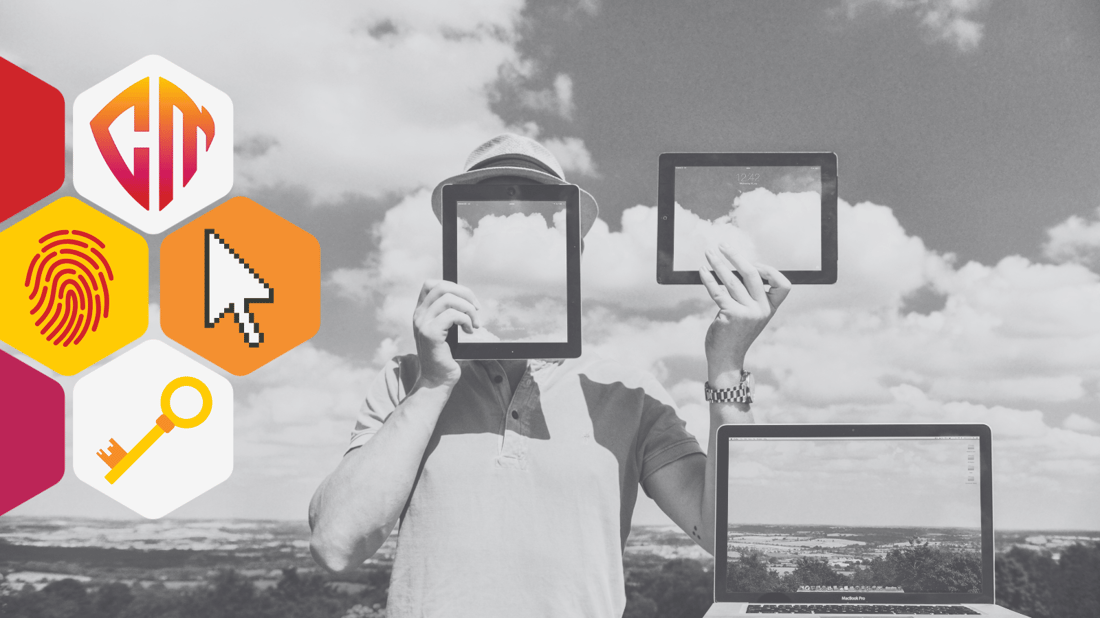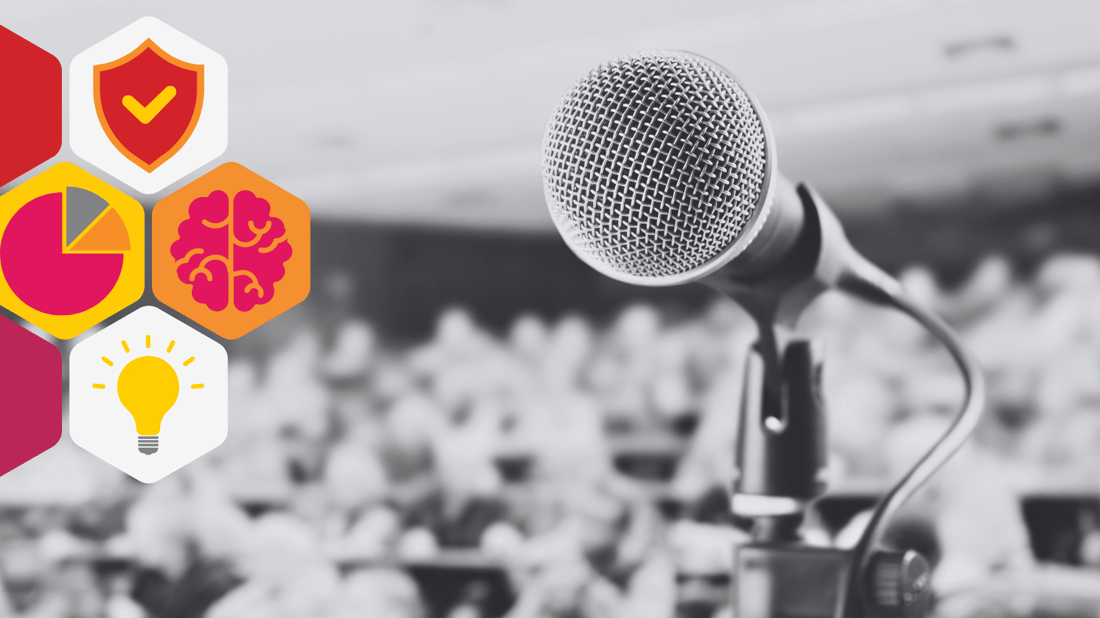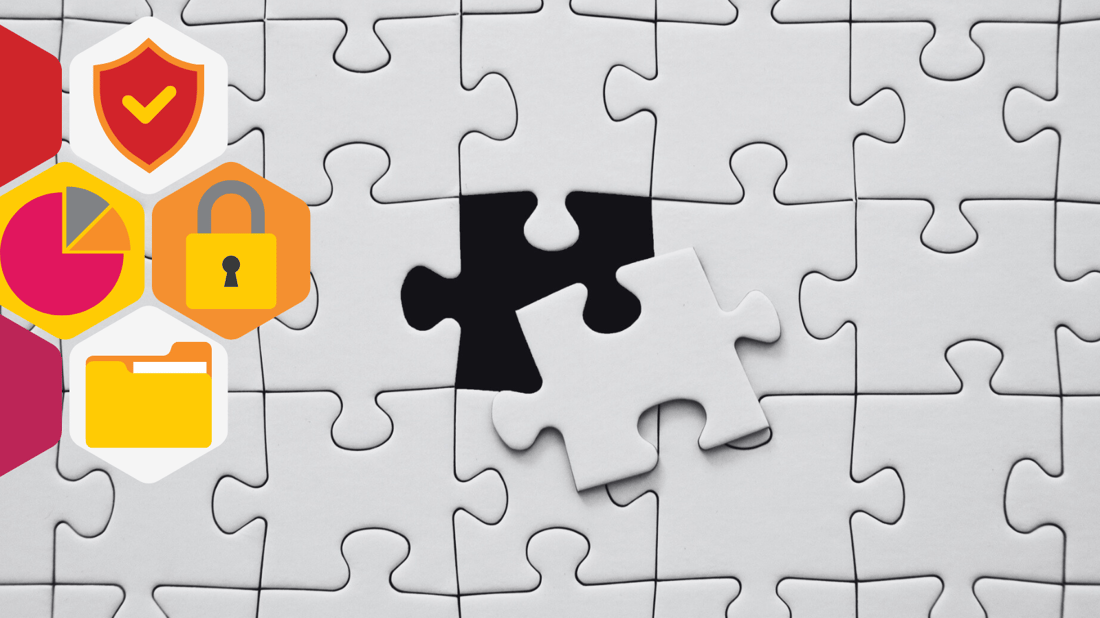Humans: The Greatest Asset in Cybersecurity
The myth that humans are the weakest link in cybersecurity has persisted for too long. While it’s true that human errors can lead to vulnerabilities,...
![]() Team CM
Oct 31, 2025 8:00:00 AM
Team CM
Oct 31, 2025 8:00:00 AM

The digital battlefield is relentless—and personal. That reality now sits squarely on the shoulders of security leaders. The threats no longer stop at the firewall. They chase your people into their inboxes, their news feeds, even their bedrooms. If we want a resilient security program, we have to stop protecting just the employee and start protecting the person.
A whole-person approach treats employees not just as corporate endpoints but as people with lives, habits, values and risk-contexts.
By empowering personal cyber confidence (home devices, finances, family), you create behavior that carries into the workplace.
Training and policy need to evolve from “check-the-box” to meaningful empowerment, aligning with human psychology and lived reality.
When you protect the person, you strengthen your organization’s resilience from insider risk to culture, and from personal to corporate context.
The framework: assess personal & work overlap → design relevant experiences → measure behavior beyond clicks → embed culture into every touchpoint.
This is not a nice-to-have vision. It’s an operational imperative. And it's not just the general workforce—executives and other high-risk roles are now high-value targets far beyond the walls of the enterprise. Recent Ponemon Institute data reflects how frequently attackers seek to exploit personal channels, social connections, and digital routines outside of work to compromise privileged access:
51% of organizations report personal-level attacks on executives, up from 43% in 2023.
22% of organizations said executives experienced 7–10 cyberattacks in 2025 alone.
41% of organizations report increased deepfake impersonation attempts, up from 34% in 2023.
50% of respondents believe digital attacks on executives could lead to physical harm.
Yet, only 48% of organizations include Digital Executive Protection in their strategies.
The traditional perimeter has long since dissolved, but never has that dissolution posed more risk than it does today. What replaces it must be stronger, smarter, and human-focused. Personal risk is business risk. Today, we must shift from seeing digital resilience as a technology stack to recognizing it as a human shield—one that must be trained, supported, and continually reinforced across every sphere of life.
COVID didn’t start the remote work era. It just threw a grenade into a slow-burn transition. The result? Your workforce now lives in a liminal state—working in shared spaces, toggling between Slack and streaming, raising kids while mitigating risk, making decisions at speed on unfamiliar ground.
Meanwhile, malicious actors are exploiting every inch of the expanded attack surface. Personal email. Mobile apps. Social engineering through family. AI-generated misinformation. Phishing that doesn’t even look like phishing.
The line between person and professional is not just blurred—it’s gone. And that means resilience can’t stop at the office door.
Cybersecurity teams are already overwhelmed. Adding in anything else really seems impossible.
Because personal risk is business risk. Here are a few good reasons to start:
Burnout leads to sloppy clicks and poor judgment.
Financial stress makes employees more vulnerable to scams and social engineering.
Unsecured home networks become springboards for lateral movement.
Poor digital habits learned at home become cultural defaults in the workplace.
If you're protecting only the company device and corporate credentials, you're securing a fraction of the true risk profile. What about the late-night search that leads to a phishing trap? The family tablet that connects to a VPN? The social post that reveals too much context to a motivated adversary?
Resilience is no longer a technical concept. It's behavioral. It's cultural. And it's deeply human.

This isn't a security awareness program with a wellness bolt-on. It's a holistic reframing of how we enable secure behavior, support mental and emotional wellbeing, and reinforce a resilient, values-aligned security culture. It means recognizing that people’s choices in moments of uncertainty, fatigue, or distraction are shaped by more than just knowledge—they’re shaped by belief systems, team dynamics, and psychological safety. Whole-person resilience is not a side quest. It's the operational foundation for modern cybersecurity outcomes.
Track not just clicks but behaviors. Map not just training completion but cultural attitudes. What people default to in moments of stress, confusion, or fatigue—that’s your real risk baseline. That’s where the work begins.
👉 Why it matters: This is what people fall back on under pressure. Understanding this lets you design targeted interventions.
💡 Desired state: A map of cultural norms and behaviors by department, region, or role to drive personalized security strategies.
Employee stress, burnout, and disengagement aren’t HR problems. They’re threat vectors. Integrate mental health, ergonomics, workload balance, and psychological safety into your security metrics.
👉 Why it matters: Overstretched employees are exponentially more vulnerable to manipulation.
💡 Desired state: Security programs in sync with wellness programs, using pulse surveys and resilience indicators to track vulnerability.
Go beyond the firewall. Offer education and tools that cover family safety, personal cyber hygiene, and protection against misinformation and scams.
👉 Why it matters: People reuse passwords, share devices, and bring bad habits from home into the enterprise.
💡 Desired state: Employees and their families using trusted password managers, MFA, and understanding cyber hygiene like basic hygiene.
Push less. Pull more. People are capable of learning what matters—but only if they’re given the right entry points, tools, and motivation. Don’t rely on yearly phishing tests and static LMS modules.
👉 Why it matters: Adaptive enablement beats blanket training. Autonomy increases retention.
💡 Desired state: Platform-driven, role-aware, pull-based content delivery that empowers employees to self-upskill.
Don’t surveil. Support. Build programs that are opt-in where possible, transparent always, and centered on dignity and respect.
👉 Why it matters: Employees who feel controlled disengage. Those who feel trusted lean in.
💡 Desired state: High voluntary participation in personal cyber safety programs, with feedback loops to measure trust and efficacy.
We’ve spent decades patching software and operating systems. But the most vital system in your company walks on two legs. We call it the HumanOS™—the complex, fallible, improvable human endpoint that drives your business forward.
A whole-person approach to security is how you patch it.
This isn’t easy. But it’s urgent.
Boards are asking for resilience. Customers demand trust. Regulators want proof. And attackers? They want you to think this is someone else’s problem.
It’s not.
Whole-person security is strategic. It shifts from compliance to empowerment—treating people as individuals and not just “employees.”
Context matters. Personal habits, stress, family tech and home environment all influence workplace security behavior.
Empowerment works better than fear. Provide useful, relevant content (e.g., family device security, personal phishing), and behaviours transfer into work.
Culture starts at home. Addressing personal-digital safety builds trust and promotes secure habits that follow individuals into work.
Measure what matters. Go beyond completion rates—track behavior change, cultural indicators, participation at home, reporting culture.
Leadership sets tone. When executives visibly support the person-centric approach, it signals value and embeds the culture of resilience.
Ready to upgrade your security strategy for the HumanOS era? Talk to our team about whole-person risk programs that move your culture forward
A1: It refers to treating your workforce as full human beings—accounting for their home tech, personal habits, stressors, and values—so that secure behavior isn’t just limited to “work time” but becomes natural and continuous.
A2: Because insiders don’t operate only at their desks. Personal risk behaviors and home vulnerabilities bleed into corporate systems. When people feel empowered and trusted, they become proactive security allies—reducing human risk. (Source: Mercer, “Managing risks for workforce & business resilience”) Mercer
A3: Start by mapping personal-to-professional risk overlaps (e.g., kids using work devices, personal cloud use). Then deliver relevant, bite-sized, shareable content that addresses both life and work contexts. Support measurement beyond training. Embed culture via leadership visibility.
A4: Look at home-to-work behavior transfer (e.g., reporting family phishing), culture indicators (trust, speak-up rates), behavioral analytics (e.g., use of secure tools at home), and reduction in human-risk incidents—not just training completions.
A5: Absolutely. By making content personally relevant and empowering (rather than repetitive checklist-based), you improve engagement, retention and real behavior change—combatting awareness fatigue. (Source: CIPD evidence review) CIPD

The myth that humans are the weakest link in cybersecurity has persisted for too long. While it’s true that human errors can lead to vulnerabilities,...
2 min read

While firewalls, passwords, and antivirus software stand as stalwart defenders, there's one crucial element often overlooked in the defense arsenal:...
4 min read

The more we dug into it, the more we realized there was a lack of emphasis on relevant security awareness metrics. This absence forms a crucial...
3 min read
Subscribe to our newsletters for the latest news and insights.
Stay updated with best practices to enhance your workforce.
Get the latest on strategic risk for Executives and Managers.